Handling bad debt in a more sustainable way
The recent legalization of Resolution 42, which took effect on October 15, has for the first time raised the legal framework for bad debt settlement. From the previous pilot, which was temporary in nature for a certain period of time, now the key provisions of this resolution have become clearly defined mechanisms in the Law on Credit Institutions. Thus, credit institutions are now officially empowered to proactively seize and handle collateral to speed up the debt settlement process, instead of having to wait for the expiration date of Resolution 42 as before.
Reality has shown that in the 6 years of the pilot, from 2017 to 2023, 443,000 billion VND of bad debt has been handled, 2.5 times more than the previous period from 2012 to 2017 when this resolution was not yet in place. Not only in quantity, but also in the quality of bad debt handling work is shifting towards a more sustainable direction.
A store is still being rented out, operating right on the street in the center of Ho Chi Minh City. This is the collateral for a loan for more than ten years now and has become a bad debt. The bad debt purchase contract was purchased in 2019, about 6 years ago, but up to now, the handling is still unfinished.
In the credit contract when borrowing money, although there is a clause that the borrower must hand over the property and coordinate with the bank to handle the property, in reality, there are many cases where the borrower does not cooperate, the bank and the debt handling company are forced to file a lawsuit.
Mr. Do Giang Nam - Member of the Board of Members of the Vietnam Asset Management Company (VAMC) said: "There are assets that we have to work very hard to handle because customers do not cooperate, procrastinate, intentionally create disputes and do not hand over assets... This makes VAMC credit institution lose a lot of time and effort. When the Law on Credit Institutions officially takes effect and the Government issues a guiding decree on the conditions for confiscated assets, VAMC will have full legal corridor to proceed with the confiscation and handling of secured assets in accordance with the provisions of law".
Statistics show that in the period from 2017 to 2023, when Resolution 42 took effect, allowing credit institutions to seize collateral, borrowers' debt repayment awareness increased from 22.8% to 36.4%. When Resolution 42 expires at the end of 2023, it has created a legal gap for this issue. Therefore, the official legalization of this regulation is expected to improve the effectiveness of bad debt handling.
Mr. Nguyen Quoc Hung - General Secretary of the Vietnam Banking Association shared: "This raises the borrower's sense of responsibility for their debt. If they cannot repay the debt, they can voluntarily hand over their assets or auction them off to repay the debt. In extreme cases, the bank will confiscate them. The customer's awareness of debt repayment and compliance with the law will be raised, and the recovery and handling of bad debt will be resolved in one step. But more importantly, it will put the blocked capital flow back into circulation."
The second quarter financial reports of 29 banks show that 23 banks have increased bad debt balance. Therefore, when the regulations on bad debt settlement officially take effect, it will create a legal corridor, helping credit institutions maintain the bad debt ratio within the safe threshold.
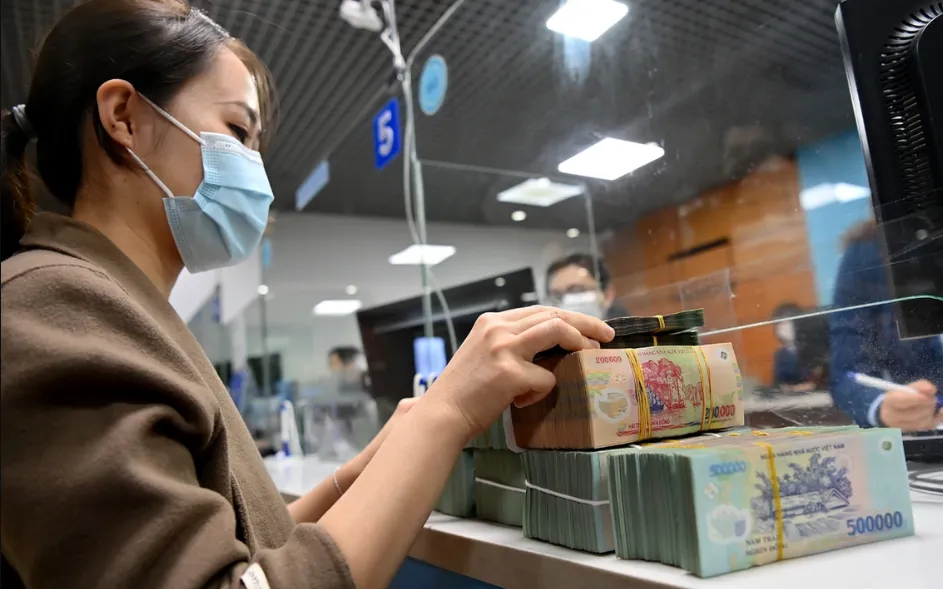
Resolution 42 can be understood as a tool for the credit institution system to improve its bad debt handling capacity.
Promote the implementation of bad debt settlement
In fact, one of the bases for S&P Global Ratings to recently upgrade the credit ratings of three Vietnamese commercial banks, according to FiinGroup, also comes from the completion of the legal framework and the codification of Resolution 42.
Resolution 42 can be understood as a tool for the credit institution system to improve its bad debt handling capacity. However, now that the tool is available, how to use it effectively is the problem of the credit institutions themselves in the coming period.
While 4 State-owned commercial banks and 4 joint-stock commercial banks, tentatively called the top 8, recorded a clear improvement in the average bad debt recovery rate from 8% to 45% after Resolution 42, for the group of medium and small banks, even with Resolution 42, this rate is still only around 0-10%.
Mr. Le Hong Khang - Director of Analysis, FiinRatings commented: "The collateral assets of Big 4 are very easy to handle, because they are real estate. Meanwhile, the group of medium and weak commercial banks sometimes cannot ensure legality. It can be seen that the quality of collateral assets and risk appetite of commercial banks are very important factors, depending a lot on the internal capacity of the credit institution".
Mr. Truong Thanh Duc - Director of ANVI Law Firm commented: "From the appraisal stage when lending, loan management, doing all stages well, then we can talk about good bad debt handling".
Not only do banks need to choose their risk appetite and collateral quality from the outset, they also need to have standards and publicize their collateral recovery and handover processes.
Associate Professor Dr. Do Hoai Linh - Institute of Banking and Finance, National Economics University commented: "Collection of secured assets is always an activity that can easily cause conflicts. It is necessary for banks and credit institutions to train debt collection teams in addition to professional and technical skills with a spirit of cooperation, reducing conflicts to a minimum."
According to experts, in order for banks to have time to adjust their bad debt handling procedures according to new regulations, it will take at least the second half of 2026 for Resolution 42 to truly have a significant impact.
In the world, the legalization of the mechanism for handling collateral outside of litigation has also been implemented in many countries and territories. For example, in Hong Kong, the right to seize and, under certain conditions, sell mortgaged assets without having to file a lawsuit in court. Or in Australia, the law that came into effect 13 years ago, in 2012, stipulates the right to seize mortgaged assets by any method permitted by law. This shows that Vietnam is on the right track and gradually narrowing the legal gap compared to international practice.
With the Vietnamese economy, having a mechanism to handle and recover collateral will help banks save a significant amount of time and money, thereby creating room to keep lending interest rates at the current low level. Looking more broadly, the key is to maintain a capital adequacy ratio so that the entire banking system can strengthen its resilience in the long term. Therefore, additional mechanisms are still needed to continue strengthening the capital buffer, especially in the context of rapid credit growth to meet the growth needs of the economy.
Source: https://vtv.vn/luat-hoa-nghi-quyet-42-xu-ly-no-xau-100251022060421451.htm












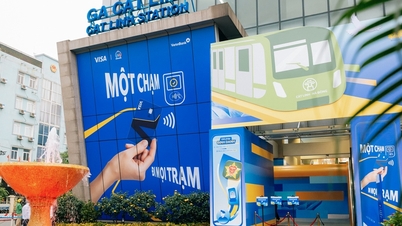





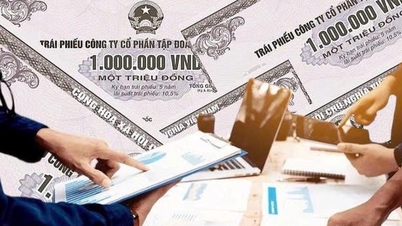

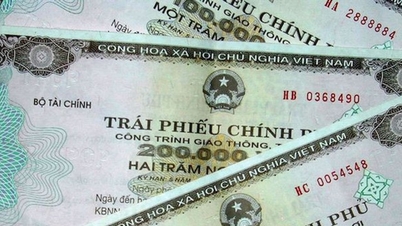

















![[Photo] National Assembly Chairman Tran Thanh Man attends the VinFuture 2025 Award Ceremony](/_next/image?url=https%3A%2F%2Fvphoto.vietnam.vn%2Fthumb%2F1200x675%2Fvietnam%2Fresource%2FIMAGE%2F2025%2F12%2F05%2F1764951162416_2628509768338816493-6995-jpg.webp&w=3840&q=75)


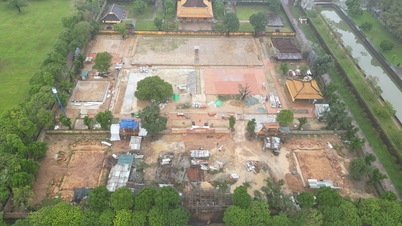






















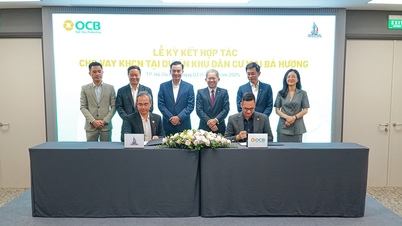













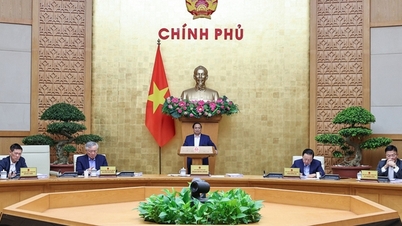




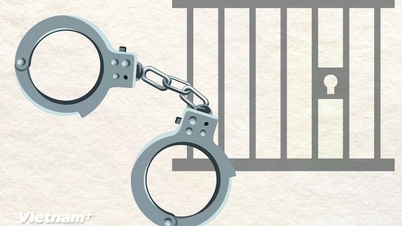


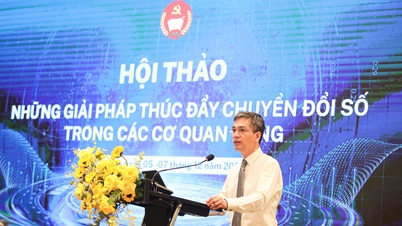





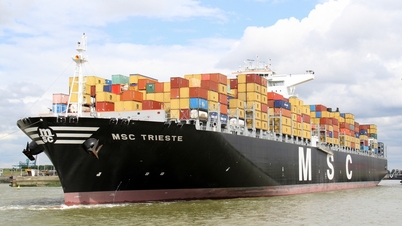





















Comment (0)